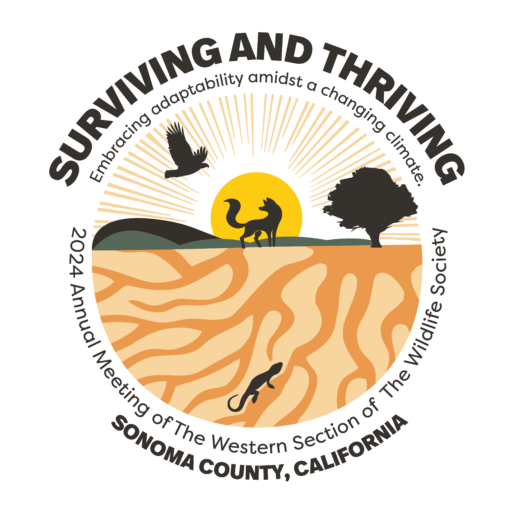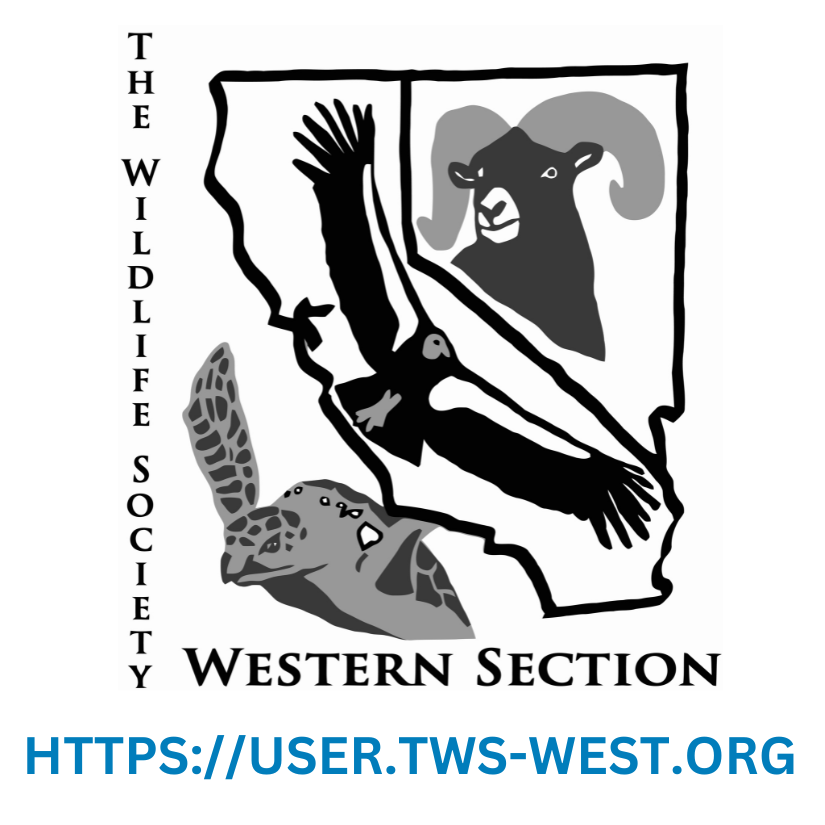Poster presenters will set up their posters in the conference center foyer on Wednesday, February 7, 2024 between 8-10am. Display boards will be provided. Posters will be available for viewing (and student poster judging, if applicable) Wednesday afternoon through Friday morning during the Annual Meeting.
A poster session and reception will be held Thursday, February 8, 2024 from 6-8pm. Poster presenters must be available at their poster at this time to discuss their work with interested viewers.
Posters should be no larger than 48” Wide by 36” Tall – single page, landscape format.
Poster Presenter Guidelines:
- Review your abstract online and fix any HTML form/special character errors. All abstract edits are due by December 30, 2024. (Your personal edit link was sent via email as part of your abstract acceptance message.)
- All poster presenters must pay to register for the meeting by January 19, 2024.
- Prepare your poster:
- Document requirements: Max size is 48” wide x 36” tall – single page, landscape format.
- Please be sure to add any necessary disclaimers to your poster presentation (such as whether data presented is preliminary or proprietary) given the potential for the files to be screen captured in the virtual format. For example, you could add the following disclaimer to your presentation: “Please do not cite this presentation/poster. Instead refer to the references cited or contact the authors.”
- Add a link to your poster in your Whova Bio. Upload your poster .pdf to Google Drive, and update the share settings to that anyone with a link can “view” your poster. Add the link to your Whova Poster Presenter Bio by Wednesday, February 7, 2024 at 10am. You may make edits to your speaker page and upload files as often as you’d like.
- Poster presenters will set up their posters in the ballroom foyer on Wednesday (2/7/24) between 8-10am. Display boards will be provided. Business cards or small leaflet literature for distribution may be inserted in an envelope and affixed to your poster. Posters should be no more than 48” wide by 36” tall Landscape.
- Poster boards will be numbered and presenters should attach their posters to the board number corresponding to the number assigned to their posters. Board number assignments and confirmation of your setup time will be provided by the Poster Session Chairs a few weeks before the conference.
- A poster session and reception will be held Thursday evening, February 8, 2024 from 6-8pm. Poster presenters must be available at their poster at this time to discuss their work with interested viewers. Hors d’ouevres will be served along with a no-host bar. Poster viewing and judging will take place starting Wednesday, February 7 at 10am through Thursday, February 8 at 9:00pm. Posters may be removed after 8pm on Thursday evening, or must be removed by 10am Friday morning.
Poster Presentation Design Tips
- The purpose of the poster is to convey highlights of your study in manner that can be easily read and understood in less than 5 minutes. Keep text brief – efficient use of limited words and images is necessary. It is not advisable to display the entire text from a manuscript. Too much detail detracts from the primary message of the text. Consider using bulleted phrases rather than complete sentences, where appropriate.
- A three column format fits best in landscape. The flow of the poster should be from the top to bottom of each column, and from the left column to right columns.
- Text and figures should be readable to someone standing six feet away. Adjust font and image sizes accordingly. BIG IS BEAUTIFUL and easy to read.
- Engage with graphics and interactive hyperlinks and/or QR codes to share your research in greater detail in this virtual format.
- Suggested font type and size
- Sans serif typeface, such as Arial, is best for good visibility at a distance; keep font type consistent throughout. Simple typefaces are preferable to fancy fonts. Bold type may be effective on headings.
- Title – 72 point or larger; keep it short and limited to one line.
- Authors’ names and affiliations – 48 point; limited to two lines.
- Section headings – 36 point.
- Text – 28 point.
- Graphs and tables – all numbers and labels 28 point or larger.
- Graph bars and symbols – use colors; avoid cross hatching.
- Acknowledgments – 20 to 24 point
- Use appropriate and compatible colors for fonts, backgrounds, graphics, and matting. Photographs and color should be used to enhance the attractiveness of the poster and to entice the audience to stop and read it. White or light pastel backgrounds are attractive and allow use of contrasting font colors, such as black, dark blue, and red. Use of photographs as backgrounds is not recommended, because legibility of text and graphics is usually compromised.
- Red text: Do not use it. Bright red is difficult for the eye to read for any period of time. If you must, use bright red for emphasis only. 10% of your audience will have some degree of color perception impairment. The following combinations should be avoided:
- Red text on blue and vice versa
- Red text on brown and vice versa
- Red text on green and vice versa
- Keep graphs and photos simple. Convey only one idea per graph, table, or photograph. Graphs are preferred over tables. Graphs need to be carefully designed so that they are readily comprehended and include captions. Details should be kept to a minimum. Figures from publications, theses, or dissertations normally do not make good visuals. Too much detail detracts from the primary message of the figure.
- Highlight or annotate key interpretations or messages on graphs, so people can get your main points when you are not there to explain it. An example might be to add a circled “A” on the graph then the conclusion can refer to “A” on Figure 1.
- Use appropriate blank space between words, sections, and figures. A blank space 1.5 inches wide between columns is best.
- Poster elements
- Title
- Authors’ names and affiliations appear below the title.
- Abstract (optional)
- Introduction: limit to a few statements and clearly state study objectives.
- Methods or Experimental Design: keep text minimal, use graphics where possible.
- Results: this section should take up most of the space; keep statements brief.
- Conclusions: limit this section to a few bulleted statements or brief paragraph.
- Acknowledgments: include when appropriate; limit to a few statements.
We recommend the following resource which offers great suggestions on how to improve your poster presentation: http://betterposters.blogspot.com/
Please note: We will not accept last minute substitutions or allow posters to be presented that were not part of the submittal process. No live animals, please.




